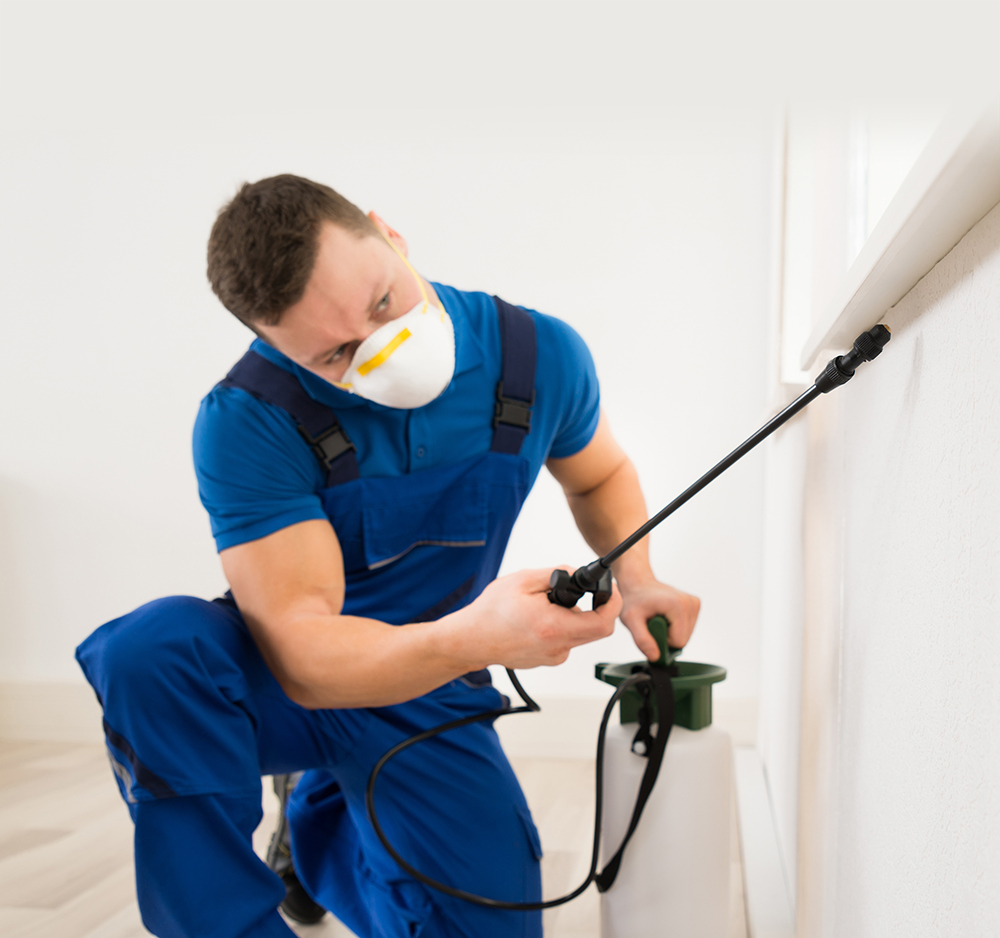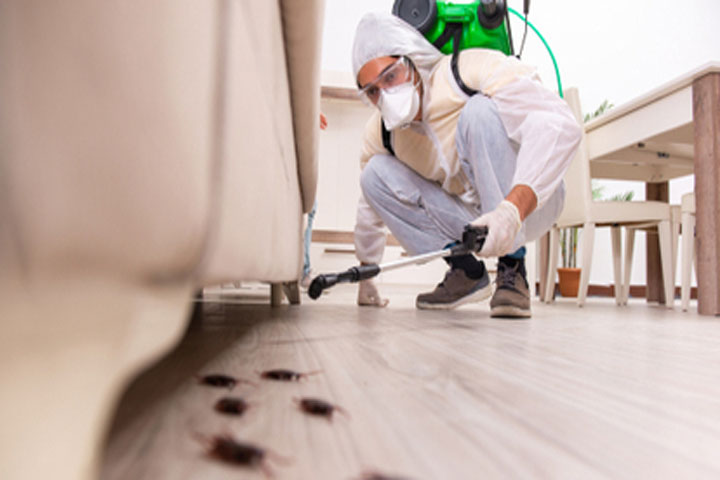A Comprehensive Guide to the Various Sorts Of Parasite Control Techniques
With the myriad of insect control methods offered, it can be overwhelming to locate the most reliable option for a particular pest trouble. In this extensive guide, we will explore these various types of insect control techniques, offering understandings right into their applications and benefits. By the end, you will have a more clear understanding of which technique may be the finest fit for your pest control requirements.
Chemical Parasite Control Methods

One common type of chemical insect control is insecticides. Insecticides target specific pests, such as mosquitoes, termites, or ants, and can be made use of both indoors and outdoors.
Another type of chemical insect control is rodenticides. These are chemical substances made to control populaces of rodents, such as rats and mice. Rodenticides are generally utilized in bait type, which brings in the rats and afterwards eliminates them after intake. They are typically utilized in farming setups, along with in residential and business structures (Customized pest control solutions Chicago).
Herbicide, likewise called herbicides, are an additional kind of chemical insect control technique. Herbicides are created to selectively eliminate unwanted plants, called weeds, without triggering harm to desirable plants. They are commonly made use of in agriculture, landscape design, and gardening to regulate the growth of undesirable vegetation.
While chemical parasite control techniques can be highly reliable in removing parasites, it is essential to utilize them judiciously and follow safety and security guidelines. Overuse or abuse of chemical pesticides can have negative influence on human wellness and the environment. It is vital to use these techniques sensibly and consider alternate bug control techniques whenever feasible.
Biological Bug Control Methods
Organic pest control techniques involve the use of living microorganisms or natural substances to take care of and manage pest populaces. Unlike chemical approaches, which commonly count on synthetic chemicals, organic control approaches utilize the natural enemies of insects to control their populaces. This technique is considered more eco-friendly and sustainable, as it minimizes using unsafe chemicals and decreases the threat of chemical resistance.
One widely used biological pest control method is the introduction of all-natural killers or parasites. As an example, ladybugs are introduced to manage aphids, while specific wasp types are released to target caterpillars. These predators and parasites feed upon parasites, decreasing their numbers and preventing infestations.
An additional biological control technique is the usage of microorganisms. Certain microorganisms, infections, and fungi can be employed to contaminate and eliminate particular pests. For example, the germs Bacillus thuringiensis is commonly made use of to manage caterpillars, as it produces toxins that are deadly to these parasites.
Biological control approaches can additionally involve the usage of pheromones or all-natural substances that disrupt the mating patterns of bugs. By disrupting their recreation, these methods assist to lower pest populaces over time.
While biological bug control techniques are usually efficient, they may call for longer periods to achieve desired outcomes compared to chemical methods. Additionally, careful consideration has to be offered to the choice and launch of all-natural enemies to stop unintentional harm to helpful organisms or ecological communities.
Physical Pest Control Approaches
To successfully take care of and control pest populaces, alternative bug control approaches referred to as physical bug control methods are employed. These approaches involve making use of physical obstacles, traps, or gadgets to protect against bugs from accessing or harming residential or commercial property. One common physical bug control technique is using displays or nets to maintain insects out of buildings or gardens. These displays are usually made from great mesh product that permits air flow while avoiding insects from going into. One more physical insect control approach is the setup of fences or wall surfaces to keep bigger parasites, such as deer or bunnies, out of yards or farming fields. solutions pest control These obstacles physically obstruct the bugs' accessibility to the area, minimizing the capacity for damage. Additionally, traps and gadgets can be made use of to capture or push back bugs. Sticky catches can be positioned in locations where bugs are wikipedia reference a problem, and the bugs become stuck to the adhesive surface. Ultrasonic tools can also be made use of to discharge high-frequency noises that are unpleasant to bugs, triggering them to leave the area. Physical insect control approaches are an eco friendly choice to chemical pesticides, as they do not rely upon making use of dangerous chemicals.
Natural Insect Control Methods
Natural pest control techniques offer a lasting and environment-friendly strategy to handling and removing pests. These approaches prioritize the use of natural materials and biological agents, decreasing the requirement for chemical pesticides that can damage the setting and human health. Among one of the most usual all-natural bug control approaches is organic control. This entails introducing natural killers or parasites to prey on or parasitize the insects. For instance, ladybugs are commonly presented to gardens to control aphid populaces. One more natural technique is making use of repellents stemmed from plants. Certain plants, such as marigolds, lavender, and peppermint, give off scents that push back pests like insects, flies, and ants. Additionally, social control practices can be used to protect against and handle bug infestations. This includes proper sanitation, routine maintenance, and advertising biodiversity in the garden. Turning plants, eliminating garden debris, and encouraging all-natural predators can assist protect against the build-up of parasites. By embracing these all-natural insect control techniques, people and areas can efficiently handle parasites while decreasing the negative effect on the environment and human health.
Integrated Parasite Management (IPM)
Integrated Parasite Administration (IPM) is a comprehensive and systematic strategy to pest control that integrates various methods and techniques to successfully take care of parasites while reducing using chemical pesticides. IPM intends to maintain insect populations below the economic injury level by making use of a mix of cultural, organic, and chemical control techniques.
Cultural control approaches entail changing the setting to make it pet safe pest control less positive for parasites. This can consist of methods such as plant rotation, correct cleanliness, and making use of resistant plant varieties. By producing negative conditions for bugs, social control approaches can considerably reduce pest populations.

Chemical control approaches are utilized as a last resort in IPM. They involve the targeted and cautious use of pesticides to manage pest populaces. Unlike standard parasite control methods, IPM aims to decrease making use of chemical pesticides by utilizing different techniques.
Integrated Bug Administration (IPM) is a positive technique that concentrates on long-lasting bug monitoring as opposed to counting solely on responsive measures. By integrating several control techniques, IPM gives a much more lasting and environmentally pleasant strategy to pest control.
Conclusion
It reviewed chemical, biological, physical, and all-natural pest control approaches, as well as the integrated insect monitoring method. By comprehending these numerous techniques, people can make educated decisions on which insect control method is most appropriate for their certain demands and choices.